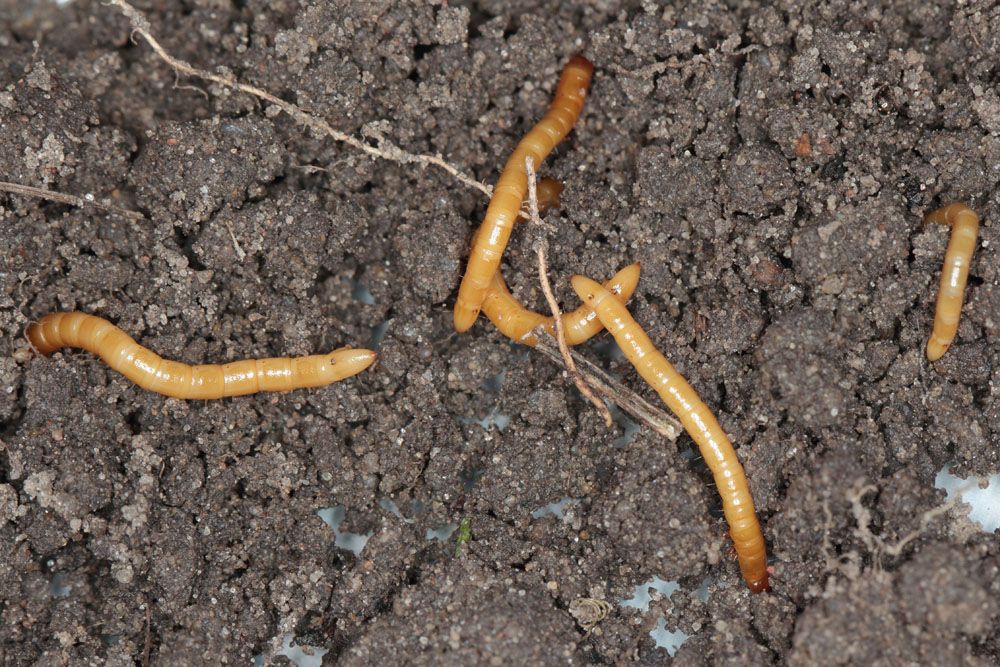
WireWorms
WireWorms (Elateridae)
Common Name: WireWorms /click beetles.
Latin Name: Elateridae
Appearance:
- Wireworm larvae are slender, glossy, jointed, yellow to reddish-brown worms that look like mealworms.
- They have a length of 1/4 to 11/2 inches and a width of around 1/8 inch. The ornamentation on the final segment of their bodies distinguishes different species.
- Adult wireworms (click beetles) are brown or black “streamlined” beetles with rigid shells that emit a clicking sound when they right themselves after being toppled.
